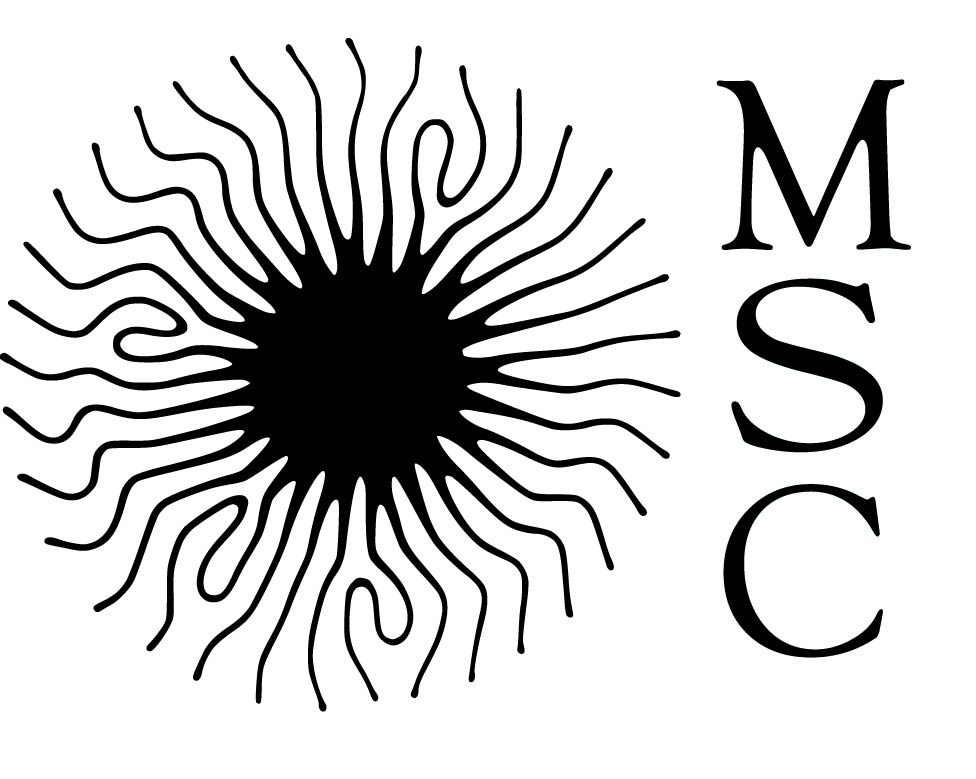Supramolecular self-assemblies
Biotransformation of nanoparticles in the intracellular environment
The human body and its constituent cells may be exposed, voluntarily or involuntarily, to nanoparticles of natural or synthetic origin. This nanoparticle/cell interaction has been the subject of numerous toxicological studies. However, the question of what happens to nanoparticles in cells over long periods of time remains unanswered. We therefore investigated the biotransformations (aggregation, oxidation, recrystallization) undergone by different types of nanoparticles (Gold, Iron Oxide), used in the biomedical field, in different types of animal/human cells. A strong result was obtained during Alice Balfourier’s thesis, considering the case of Gold nanoparticles and human fibroblast cells.
One question was how these particles, composed of a non-essential element for which no specific metabolism is foreseen, evolve over periods of up to 6 months. We first demonstrated a particle degradation process, the dynamics of which depend on particle size. We then revealed a process of recrystallization of the gold ions resulting from particle degradation in a very particular biopersistent form (see attached figure). Transcriptomic analysis enabled us to highlight the cellular response associated with these processes, and to propose an overall degradation/recrystallization mechanism. This work was well received (publication in PNAS, CNRS national press release, numerous highlights), as it was accepted that gold particles should remain intact in the intracellular environment, due to the chemical inertness of metallic gold.
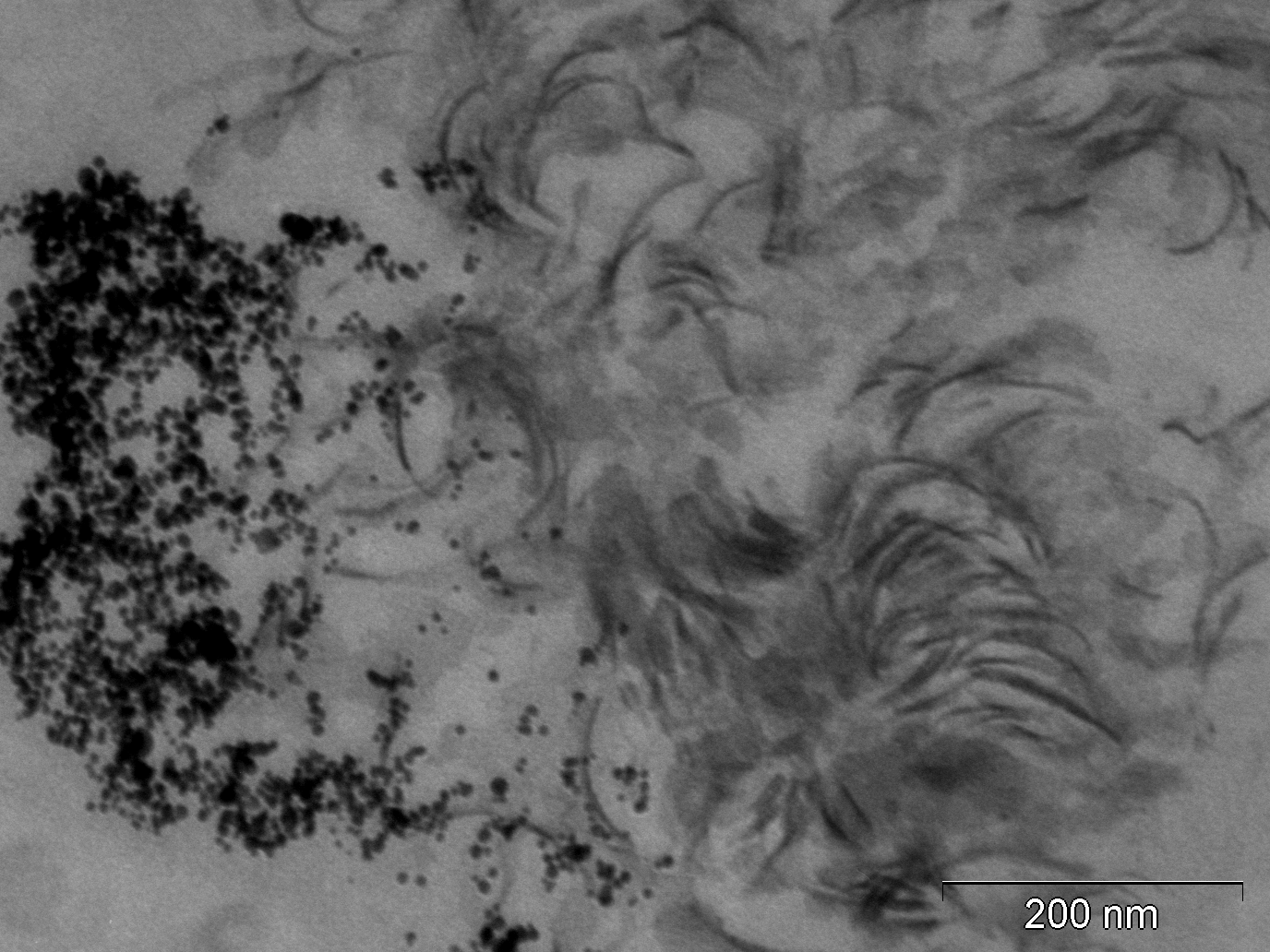
In-situ study of the uptake and fate of metal nanoparticles in a model plant (Arabidopsis Thaliana)
Certain plants, known as hyper-accumulators, have been known since at least the days of the gold rush to proliferate on soils rich in metallic elements. Today, over 400 specimens have been recorded as being capable of accumulating elements in quite specific ways, up to a few percent of their dry mass. This ability to capture heavy metals and their oxides is attracting growing interest as a means of gently and inexpensively depolluting soil and water. In recent years, this remediation method, known as “phytoremediation”, has also been applied to metals present in the environment in nanoparticle form. In this area, studies have been carried out on a wide range of systems (nanoparticles, plants, culture conditions, internalization pathways in roots or leaves) using methods that are often destructive or poorly resolved.
Due to the wide variety of approaches, it is not possible today to come up with consensual answers to the following questions: How do nanoparticles penetrate the cuticular layer of roots and leaves? Where do they accumulate? Do they undergo biotransformation? What are the dynamics of these processes of uptake, transport, accumulation and possibly transformation of metallic elements? On this topic, we first chose to study the dynamics of these processes as a function of the physico-chemical characteristics of model nanoparticles. To this end, with the help of Thierry Savy (MorphoDyn team) and the ImagoSeine platform, we have set up a methodology for in-situ characterization using fluorescence microscopy. For the moment, we’re focusing on a model plant, Arabidopsis Thaliana, and the element Silver, which is both easy to track and very present in manufactured products (textiles, packaging) due to its biocidal nature. This is a new subject which began in March 2022 as part of an M2 internship and is now continuing with Hongting DONG’s thesis (CSC grant). The thesis is co-directed by Florent Carn and Ahmed Mourchid (DOMM).
Drying of colloidal systems
We are interested in the organization of colloids on solid surfaces by drying drops of colloidal suspensions applied or sprayed by inkjet printing. In particular, we studied the influence of colloid/substrate interactions, colloid concentration in the drop and printing conditions. This work was carried out with funding from a SEAM labex project in which I was a partner (post-doc of Nathalie Bridonneau). A key result was to form continuous lines of nanoparticles organized in monolayers of micrometric width (length > cm) using a standard inkjet printer. This could be of interest for printing conductive patterns for electronics.
Nanoparticle assemblies mediated by polymers of various natures and structures
With Ahmed Mourchid and Imane Boucenna (Equipe DOMM), we have studied the confinement of nanoparticles in the grain boundaries of a polycrystal of micelles composed of a thermosensitive triblock copolymer. We first showed how the size of the crystalline domains is driven non-linearly by particle concentration. We then showed that the empirical “Hall-Petch” law describing the relationship between the threshold stress of the elastic regime and the size of crystalline domains in metal alloys is also verified in the case of our soft colloidal system.
With François Boué (Labo. LLB, CEA Saclay), we have demonstrated an experimental window for the formation of ionic colloidal crystals made up of nanoparticles and semi-flexible polyelectrolyte chains of opposite charge. To the best of our knowledge, this type of crystalline assembly had never been obtained by electrostatic coupling of this type of partner with asymmetrical morphologies (i.e. hard sphere (3D) and semi-flexible chain (1D)).
We have also tried to obtain colloidal assemblies, composed of gold nanoparticles, with absorption bands in the near infrared (Florent Voisin’s thesis). In this range, biological tissues and blood absorb little light. So, by illuminating these assemblies dispersed throughout the body, we can induce local heating without altering the surrounding tissue. This local heating can be exploited in medicine for diagnosis/therapy. With Florence Gazeau and Jérome Gateau (Laboratoire d’Imagerie Biomédicale, INSERM), we have studied these two potentialities in vitro. More recently, we’ve also been collaborating with Eric Caudron’s team (Georges Pompidou Hospital) on using our assemblies as substrates for surface-excited Raman spectroscopy. In this case, the idea is that caregivers can regularly measure the concentration of toxic molecules, such as anticancer drugs, in biofluids (blood, saliva, urine) to adapt treatment doses to each patient on a daily basis. An ANR project in which I am a partner was submitted by this team to the latest AAP.
Supramolecular self-assemblies and dynamic polymers: structure and dynamics
Self-assemblies or supramolecular polymers are a new class of complex, adaptive materials. Their formation is based on the control of weak non-covalent interactions (hydrogen bonds, metallic bonds, etc.) between molecular building blocks of well-chosen structures. Their self-association leads to dynamic supramolecular edifices capable of reorganizing, evolving and adapting when subjected to external stimuli. The physical approach we are developing enables us to answer fundamental questions about their existence, formation, structure and dynamics, the relationship between their structure and their macroscopic properties, in particular their response to external stimuli (magnetic or electric field, variations in temperature or light intensity, change in pH…) and their possible intelligent or stimulable character.
Conversely, dynamic covalent polymers, or dynamers, are a family of intelligent polymers offering the unique possibility of obtaining reversible structures with only covalent bonds. The result is dynamic entities with the ability to modify their structure, mass and composition after polymerization by assembling or disassembling their elementary blocks, and thus their physical properties (mechanical, optical, etc.). The dynamic and structural properties of these new systems have been studied using radiation scattering experiments in response to various external stresses (variations in pH, concentration, temperature, presence of target molecules or affinity with a substrate). A case close to biology concerns dynamic synthetic polypeptides (or biodynamers) whose formation and composition depend on environmental conditions. Such self-assembled biodynamers in the form of pH-sensitive nanometric rods have been used as mRNA vectors. Their remarkable transfection performance depends on their structures – determined by neutron scattering – in endosomal microenvironments. Self-healing materials formed by dynamic covalent bonds (e.g. contact lenses that repair themselves on contact) are another example.
Integrating nano-machines and molecular motors into polymer materials: from nano to macroscopic scale
The objectives of this line of research are to couple molecular machines and/or motors together in such a way as to integrate their collective movements on larger scales. This study is being carried out in collaboration with N. Giuseppone’s team at ICS Strasbourg. Two generic systems have been developed to study these coupling phenomena:
The first example concerns long polymer chains incorporating thousands of nano-machines (“nano-switches” of the rotaxane type), each capable of producing linear telescopic movements of one nanometer. Under the influence of pH, their simultaneous movements allow the entire chain to contract or expand by ten micrometers, according to principles analogous to those used by muscle tissue. Demonstration of movement amplification by a factor of 10,000 and precise measurements of phase changes as a function of pH were obtained by joint small-angle neutron and light scattering experiments.
The second example is based on rotating molecular motors capable of turning continuously under constant light flux. Our work on integrating these motors as cross-linking nodes within polymer networks and taking advantage of the light energy capable of inducing their operation has enabled us to go a step further and achieve macroscopic contractions in gels and films.
We have shown that the rotation of the motors under the action of light winds up the polymer chains to produce very strong contractions of the material on a centimetre scale (see figure opposite). This integration over 8 orders of magnitude represents the first example of an artificial out-of-equilibrium system involving the movement of millions of motors capable of producing coordinated macroscopic motion. Here again, it was a combined study of radiation scattering and rheology that revealed the precise (quantitative) mode of operation of chain winding in the material. We have linked these results with theoretical approaches to extracting the mechanical energy brought into the system by the motor’s rotations, and thus its conversion from light energy. The applications of this type of system are numerous, and the way they work makes it possible to envisage new materials for energy storage or transduction, bringing us a step closer to the integrative functioning of biological motors.
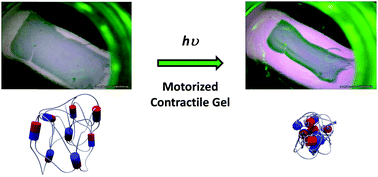
Mechanics of lipid bilayers
We also carried out theoretical research into the mechanics of biological membranes. Firstly, I conducted a study on the dynamics of fluid biological membranes containing transmembrane proteins (see figure opposite), in collaboration with A. Callan-Jones and J.-B. Fournier. From a dynamic point of view, the membranes are systems of four fluid phases in contact: a pair of two-dimensional lipid phases (2D), and two three-dimensional aqueous phases (3D). These phases, spatially separated but strongly coupled, exhibit non-trivial multiphase flow behaviors. The dynamics of bilayers containing high-concentration transmembrane proteins are particularly complex, due to the presence of proteins that form a fifth phase intersecting the two lipid phases. This situation corresponds to the real-life situation of biological membranes, in which macro-molecular crowding effects are very common and are known to radically alter molecular interactions compared to those observed in artificial lipid vesicles.
In this study, which combines statistical physics, membrane elasticity and hydrodynamics, we have highlighted and quantified the increase in inter-monolayer friction due to the presence of proteins, as well as the anomalous character of the protein diffusive regime. Furthermore, using the formalism of statistical physics, we have shown that the amplitude of a membrane’s thermal undulations depends explicitly on its frame tension, a variable conjugate of the area of the frame on which the membrane rests, and not on its intrinsic tension, conjugate of its real area. This result contradicts the expression obtained by the classical treatment based on Monge parametrization, which is the expression used in the majority of publications on the subject. We have shown that it is an error in the enumeration of the different membrane configurations that leads to an erroneous result with the classical treatment. I also studied how the compressibility of a vesicle’s internal fluid altered the spectrum of its surface fluctuations.
…
Read more
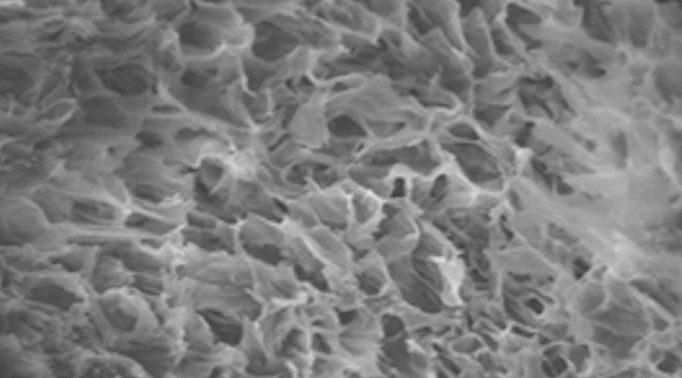
Internship/PhD on Hydrogels for adsorption of toxic metals
Proposal for master internship/PhD Hydrogels and composites with optimal efficiency and minimal environmental impact for adsorption of toxic metals The increasing demand for water due to technology and industrial activity has led to the use of hydrogels to treat...
Postdoc on the acoustics of membrane materials
As part of the Membranes project, the MSC laboratory is carrying out experimental research into the acoustic properties of membrane media, i.e. media whose internal structure contains thin layers of materials that can provide an original elastic response [1]. Examples...
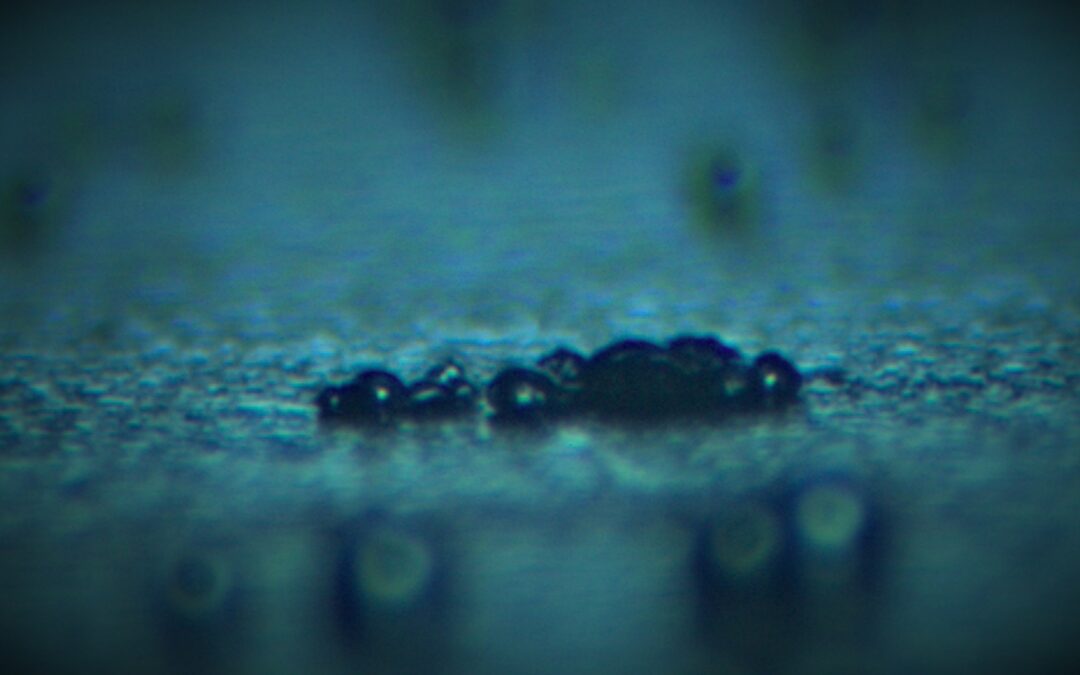
Postdoc on heterogenous cavitation
We are looking for a post-doc to join our research team and perform experiment on heterogeneous cavitation to explore the origin of cavitation nuclei. The apparition of macroscopic bubbles inside a liquid either by boiling when temperature increases, from cavitation...
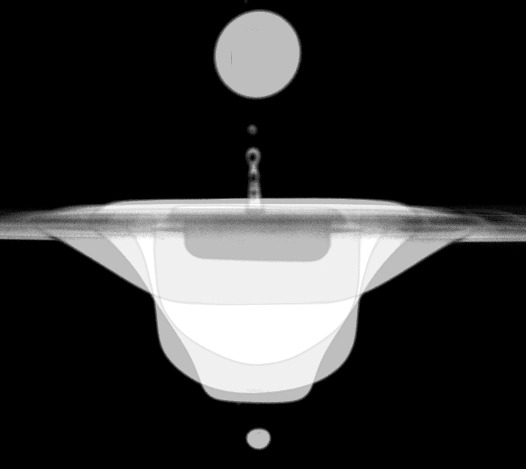
Bubble entrapment by drop impact
Only under certain conditions does a drop falling onto a bath entrap an air bubble. We propose a phenomenological law that describes these bubbling conditions in terms of Froude, Weber, and capillary numbers.Figure. Superimposed images of a drop and the cavity it...
